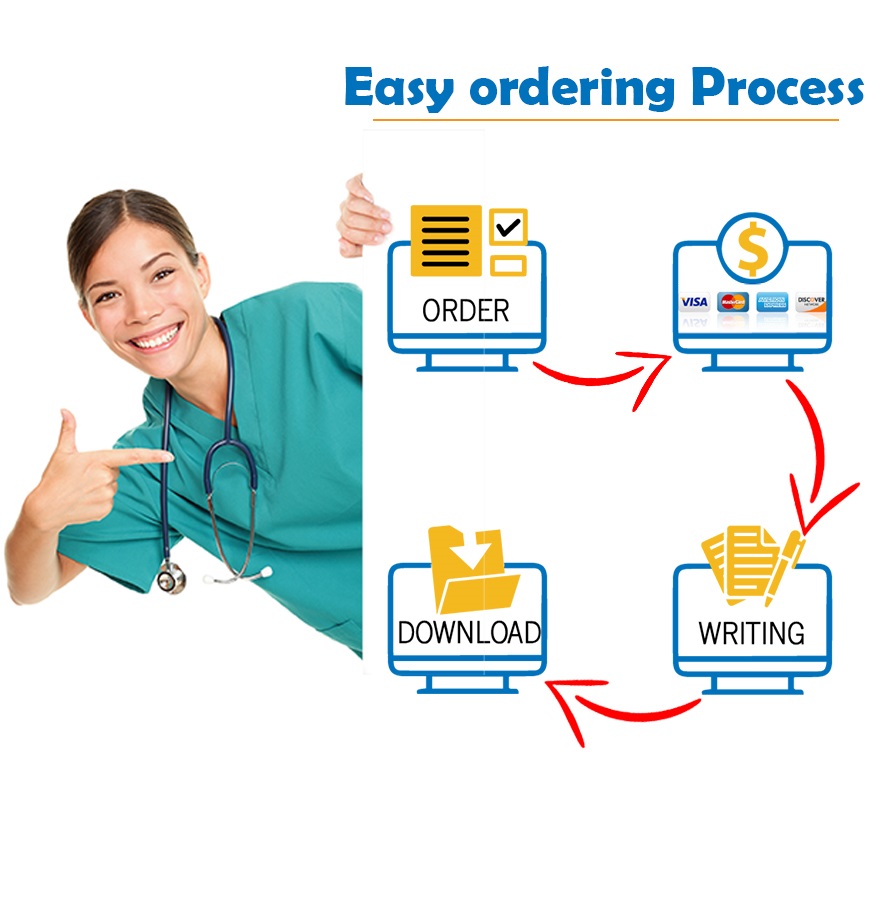Post-disaster Prepardness, Recovery And Vulnerability Discussion Posts
add opinion or comment to these posts
1-Regardless of the cause of the disaster, whether it is natural or man-made, responders will need to provide resources to the community, as well as keeping their resources to a sufficient level. However, the challenge of evenly or justly distribute the resources to all the people involved and through all the phases of the disaster is persistent. “Supply Chain is the network of organizations that are involved, through upstream and downstream linkages, in the different processes and activities that produce value in the form of products and services in the hands of the ultimate consumer” – Martin Christopher. The follow-up supply is a rapid and continuous response after big disasters such as earthquakes, floods, typhoons is essential for saving lives and damage reduction. In this phase, the effectiveness of the rescue efforts depends on the right distribution of aid materials and sufficient aid personnel. The success in these efforts limits the casualties. Response stage represents humanitarian aid efforts and emergency services after the disaster hit. Rapidity is very important at this stage. After the response, the last stage, reconstruction, and restoration stage begins. The last stage includes normalization of lives and ensuring self-sufficient living efforts for victims of the disaster. In this stage, there is a persistent challenge of determining the level of resources that are being distributed, should they stay the same or major cuts need to take place? It is imperative to keep the source of the materials constant to prevent confusion, keeping the resources coming from their resource and carefully monitor and manage their status will ensure both the responders and population to have the necessary resources.
References:
Kovacs, G., & Spens, K. (2012). Relief supply chain management for disasters: Humanitarian Aid and Emergency Logistics (pp. 90-102). Hershey, PA: Business Science Reference.
Koseoglu, A. M., & Yıldırımlı, H. (n.d.). THE ROLE OF LOGISTICS IN DISASTER MANAGEMENT AND DISASTER.
Haghani, A., & Afshar, A. M. (n.d.). Supply Chain Management in Disaster Response.
2- Post-disaster recovery plans are always in direct connection with the logistics and supply chain departments. Disasters lead to loss of lives, property, materials and cause a psychological and physical disturbance. After the disaster, the victims need food, shelter, clothing and health care among other basic needs to sustain them as they recover (Spens, & Kovacs, 2012). The humanitarian sectors that respond to disasters help in purchasing and supplying the necessary materials to the affected through the supply chain management department. Follow on activities help in saving recovered lives, assessing the impacts of the disaster, and creating healthy social relations.
Follow on activities save recovered lives. The affected community cannot survive on its means after the disaster due to massive losses that occur. The victims need support through the provision of basic needs and other supportive materials to sustain the victims. The victims should eat, receive medical care, be dressed (clothing) and be provided with temporary shelters until they recover. Psychological and physical support is necessary for such situations (Spens, & Kovacs, 2012).
They help in assessing the impacts of the disaster. Through post-disaster recovery programs developed to support the survivors, the humanitarian organizations and the logistics sectors evaluate the effects of the disaster to help in plans of responding to such emergencies. For example, infrastructures, crops, and domestic animals may have been destroyed. The follow on operations helps in assessing the situation and calculating how long the victims will be supported (Spens, & Kovacs, 2012).
They create strong social relations. Helping the victims makes them feel they are loved. The humanitarian and logistic organization with relevant departments meant to respond to emergencies will build trust between the exposed society and such bodies. This will enhance coordination, collaboration, and better information flow plus awareness for the preparedness of any future disaster (Spens, & Kovacs, 2012).
In short, the post-disaster victims are vulnerable to diseases, psychological trauma and have high chances of dying (Spens, & Kovacs, 2012). The humanitarian and logistics organizations should always be at the frontline in responding to pre and post-disaster events. Through such supportive programs, they would have performed their social and legal responsibilities. Coordination and collaboration in trust building and creating healthy social relations are valued. Saving lives is the best obligation human beings can engage in.
References
Spens, K. M., & Kovacs, G. (2012). Relief supply chain management for disasters: Humanitarian
aid and emergency logistics. Hershey, PA: Business Science Reference.
The post Post-disaster Prepardness, Recovery And Vulnerability Discussion Posts first appeared on Term Paper Tutors.
“Are you looking for this answer? We can Help click Order Now”





